Both here in Rochester and across the nation, the past few days have seen activists demand cities defund their police departments. In theory, police are supposed to maintain public safety. However, public safety means many different things: it includes healthcare, housing and livable neighborhoods, healthy and affordable food, recreation and youth services, and resources for mental health, among many others. Police departments, in fact, work to undermine the health and safety of Black populations through violence and incarceration. Defunding police departments is being proposed to end this harm.
How do we in Rochester prioritize policing as compared to other public safety resources within the city budget?
The proposed Rochester Police budget this year is $148 million. This does not include the $33 Million budgeted for 3 new police substations.
The City’s contribution to police is more than the City’s contribution to the Rochester City School District (which receives the bulk of its funding from the state and is currently in the middle of a deep funding crisis). By comparison, the total budget for Neighborhood & Business Development, Recreation and Youth Services and Libraries is $53 Million.
Year after year, Rochester police budgets have continued to go up, while funding for other city services has seen cuts or remained the same.
A vision for a defunded police department is already a matter of fact in wealthy neighborhoods where police spending is much smaller compared to other public resources. Police are not a real solution to issues that arise from poverty and a lack of a strong social safety net.
So what can we do to invest in strong communities and non-violent alternatives to police here in Rochester?
First, we must stop increasing police spending year after year. For instance the 30 million dollars that has been budgeted for new police stations can be used for so many other things, especially in the middle of a pandemic.
In light of the school funding crisis, there have been calls to remove police (i.e. School Resource Officers) from Rochester city schools.
Programs that don’t involve police, such as Save Our Youth, which work within communities to mediate conflicts and prevent gun violence, are tremendously underfunded when compared to police spending.
What resources in your neighborhoods could be funded as an alternative to policing?

